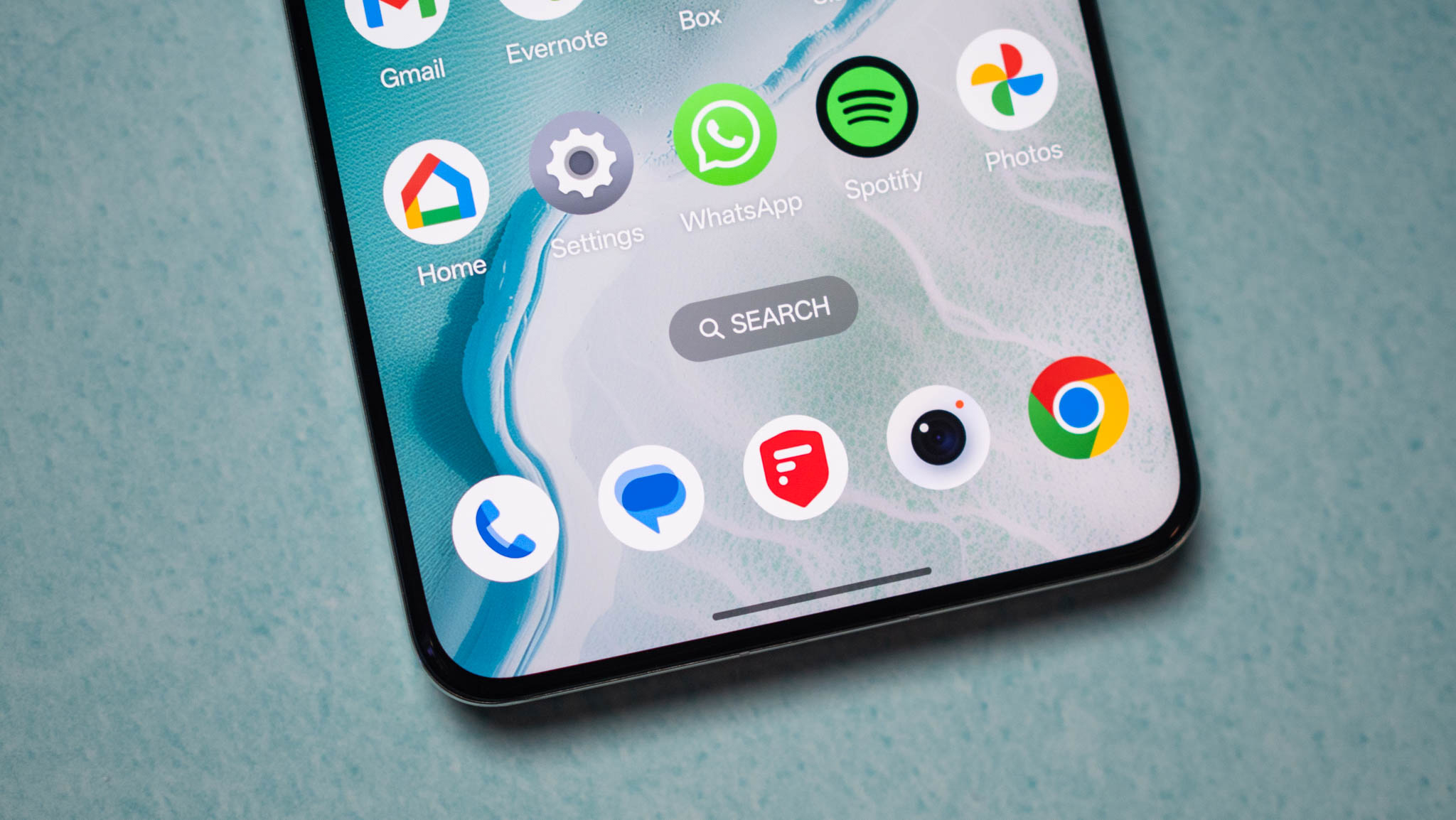The Sioux Falls School District continues to research and survey students’ and teachers’ use of artificial intelligence (AI) and students’ use of cell phones in schools.
That sums up the reports on AI and cell phone use that assistant superintendents Kirk Zeeck and Jamie Nold gave during the school board retreat on Monday afternoon, respectively.
Zeeck and Nold went over the different committees and surveys they’ve worked on, then spoke about what next steps or recommendations may come to the board from both of those.
More:Sioux Falls School District committees will look into AI, phone use in schools
‘AI can create but isn’t creative’
About 800 staff took a survey in May on their use of AI. More than half said they didn’t use AI at all, while others use it to develop adept learning materials for student needs, to create formative or summative assessments, to complete administrative tasks, to plan lessons or create rubrics, or to cross-check student work.
During an afternoon mid-year school board retreat on Monday, Michelle Wheeler, an English teacher at Jefferson High School, presented examples of how she uses AI in her classroom. She has students create their own characters for a story then asks AI to create the story with details about the character’s appearance and the setting they’d like for a story.
Wheeler and her students found that the AI model they used repeatedly included the same type of grammar and mechanics, or the same examples of something whispering, mentions of fog or smoke, or something being in shadows. She said her students got angry at this because they didn’t have autonomy anymore when AI was used to write their stories.
She said she emphasizes to her students that AI can create but isn’t creative, and tells them, “don’t let artificial intelligence make you artificially dumber.”
More:Artificial intelligence trainings help teachers learn how to use AI in the classroom
Zeeck said it’s important to emphasize in schools that AI should begin and end with a human. For example, a human could input the information they want into an AI tool, run it through the tool and then fact-check what it provided.
The district is looking at what AI programs could be approved for students to use or interact with, Zeeck said. He noted he will teach a course later during district inservice for teachers on AI, and is attending an AI education conference in Florida later this week.
He presented an example of a potential guideline that would lay out what levels of AI students could use in assignments, with 0 as no AI use, 1 being AI-assisted idea generation and structuring, 2 with AI-assisted editing, 3 for AI-specified task completion and 4 for full AI use with human oversight, Zeeck said. He also handed out copies of an AI guidance document to the board members.
More on Monday’s school board meetings:Discussions reveal superintendent contract, legislation
Zeeck said the AI guidance document is still a draft. Administrators have run it by principals but will also run it by students to get their feedback. The district is also looking at creating e-newsletters and a web page related to AI, Zeeck said.
Cell phones deter student focus, Nold reports
A committee including administrators, teachers and middle and high school students met several times over the past semester to go over the district’s current phone use policies and discipline matrix, their personal beliefs on cell phones, pros and cons of cell phones, and analyzed where cell phones are currently used in schools by students.
Nold noted the committee spoke about impacts on mental health and reviewed research that shows it can take students up to 20 minutes to refocus after receiving a text that may bother them, which can impact students’ attention in class. He said the committee has emphasized phone use in passing periods or at lunch and said that research can apply at those times as well and interrupt the next class period students enter.
Board president Carly Reiter said she has strong feelings about cell phones being used during meal times and said it makes her “sad” to see families out to dinner at a restaurant who are all on their phones instead of talking to each other; meanwhile, students come to the classroom and are expected to have the attention span to listen to teachers, Reiter said.
Board member Marc Murren noted some parents also struggle with phone use during school time, as some text their children during the school day. Board vice president Dawn Marie Johnson noted parents can still reach their children through the school’s front office.
The committee issued a survey on cell phone use and has received 10,600 responses from students and parents so far. The survey closes Friday, and the committee will analyze the results in its next meeting on Feb. 18. After that, Nold said the district will bring any recommendations from the committee to the board for consideration.
Nold said smaller districts across the state have opted to purchase magnetic pockets that students can store their phones in throughout the school day but said that would be costly — in the hundreds of thousands — for a district of Sioux Falls’ size.
Superintendent Jane Stavem said teachers are capable and have done a great job managing phone use in classrooms already, but that it continues to be an issue “I don’t think we’ll ever get rid of.”

